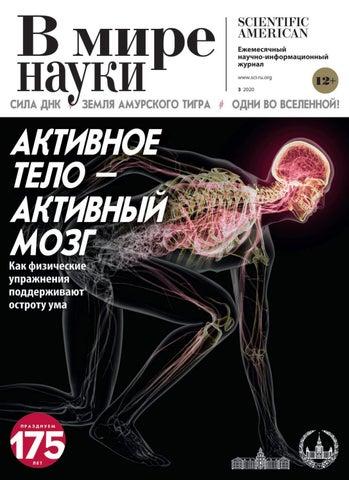The History of Alfa Romeo Sports Cars – Auto Story
Throughout its historyAlfa Romeo made a series playful exclusivity: seductive cars with amazing performance. Biscione's latest creation in this segment will appear in 2013, will be produced at Maserati's factories in Modena and will have a design almost identical to the model. 4C concept presented at the 2011 Geneva Motor Show.
Two dry seats rear drive и engine 1.8 supercharged and direct petrol injection (same as the Giulietta Quadrifoglio Verde): these are the main features of this car that will try to steal customers from the Porsche Cayman. Let's find out together the history of her ancestors.
6S 2500 (1938)
The latest evolution of the theme, created in 1925 (and loved by VIPs around the world), is presented just before the outbreak of World War II. engine six-cylinder in-line with 91 hp
Variants debuted in 1939. Sports (with a wheelbase of 3 meters and a power of 97 hp), Super Sport (Wheelbase 2,70 m, engine 111 hp) e Colonial... The latter is a government configuration created at the request of the Department of Defense for use in African colonies. Production began in 1941 and ended in 1942, when only 150 units were produced: among the main characteristics, we note two spare wheels and a large tank.
The first post-war 6C (as well as the very first Alfa built after the end of World War II) is Golden arrow: based on Sport and produced in 680 units, has a sedan body and can accommodate five or six passengers. In 1948 it was the turn competition, with ben 147 l.
La Villa d'Este (in honor of the victory at the Concorso d'Eleganza) 1949 is the last Alfa car produced by hand: only 36 examples and a body with a body tourism. The latest model 6C is Gran Turismo from 1950.
STREET 33 (1967)
One of the most famous Alfa Romeo cars in history ... and also one of the rarest (produced 18 copies) and valuable (at that time its price exceeded the price of a Ferrari). Based on the Tipo 33 race car (but with a wheelbase of over 10 centimeters), it debuts at the Turin Motor Show and is equipped with engine 2.0 V8 with 234 hp (272 in racing version).
The first production car in the world equipped with receptionist with a vertical opening, it has a frame with tubular elements in steel and magnesium: the first examples are equipped with double headlights, the latter with single headlights. Numerous prototypes are built on the same basis: among the most important Owl di Bertone (Paris, 1968) and Iguana Giugiaro (Turin, 1969).
MONTREAL (1970)
The history of this model begins in 1967, when a concept developed by the company Marcello Gandini based on the Giulia GT chassis and equipped with engine 1.6 Julia TI.
The production version is presented three years later at the Geneva Motor Show and is very different from the prototype: the engine is a 2.6 V8 injection engine with 200 hp. (borrowed from the 2.0 V8 of the 33 Stradale) paired with a limited slip differential and the chassis is a Julia GT.
The original design features a front section with the letter i. Headlights partially covered with mesh, from the socket NACA on the hood and holes in the rear pillars. Sold at just under 4.000 units, it is underwhelming for fun-lovers due to its high roll.
SZ (1989)
Made in collaboration with Zagato (which assembles) and presented as a prototype at the Geneva Motor Show, it is based on the onboard model of the 75 and has a 3.0 V6 engine bumped up to 210 hp.
Just over 1.000 units were produced (all painted red except for one, black, dedicated to Andrea Zagato) and the original design was inspired by the Fiat Style Center. The three square headlights will be used again in the 159s in various Alfa Romeo models (XNUMX, Brera, Spider).
RZ (1992)
The open version of the SZ coupe only has a front and a rear. The last rear-wheel drive Alfa before the 8C Competizione comes in just under 300 units and comes in three different colors: black, yellow and red.
COMPETITION 8C (2007)
Unveiled as a concept at the 2003 Frankfurt Motor Show, it was mass-produced (only 500 units, mostly painted in Competizione red) four years later. Rear-wheel drive, lots of carbon fiber and 33 Stradale-inspired styling.
The name comes from the 8Cs of the 30s and 40s, cars that could win four 24 Hours of Le Mans (1931-1934) and 8 Mille Miglia (1932-1938, 1947) - while engine V4.7 8 engine with 450 hp shares many elements with the engine mounted on the engine. Maserati Gran Turismo S.
In 2009, the version debuted Spiders with a canvas top, previewed at the 2005 Pebble Beach Concours d'Elegance. The production version, officially shown in Geneva in 2008, was released in the amount of 500 copies.
